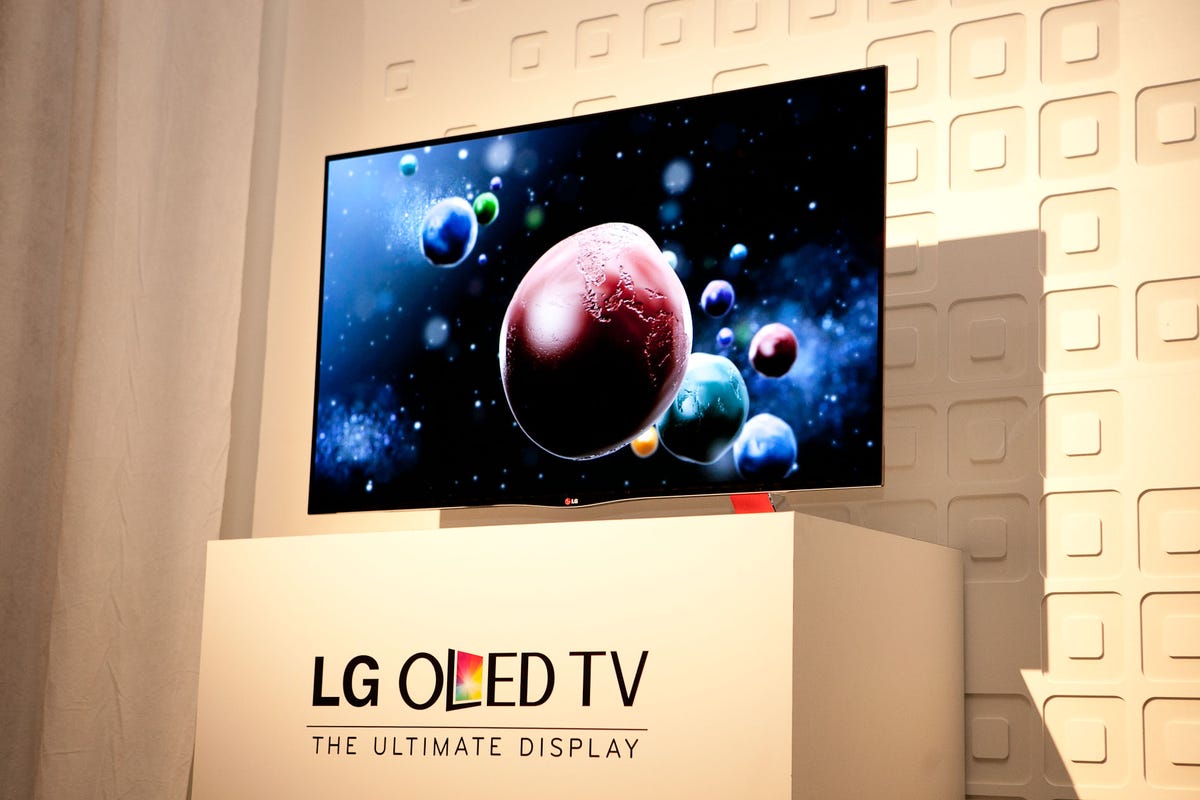
Sony
A recent report suggested that Sony was pulling out of commercial OLED development. In response the company told CNET Australia, “Sony has made no announcement in this regard and has no comment”.
OLED displays are widely seen as the holy grail of TV picture quality, and are still exceedingly expensive, even at relatively small sizes. Meanwhile 4K, using existing LCD tech, is much more affordable.
If the report proves true, however, it makes us wonder: is this yet another example of 4K killing off picture quality?
Panasonic recently exited the plasma market, reportedly due in part to its the inability to produce a cost-effective 4K plasma. Could OLED go the same way — especially as OLED is exponentially more expensive to produce than LCD? But how important is Sony’s involvement really, and who will be there to take up the slack?
Sony’s OLED pedigree
Sony was the first company to release a (very expensive) OLED in the marketplace, the XEL-1 , which both myself and fellow CNET reviewer David Katzmaier were quite impressed by. However, in the six years since, Sony has yet to follow it up with another consumer model, although it does produce OLED screens in smaller sizes for the commercial market.
Of course, Sony’s financial woes have seen the company ratchet down its costs, and OLED TVs could be one of the things stuck forever on the back burner. Sony has yet to announce specifics of which categories it is shedding, apart from its much-publicized break from laptop manufacturing, but Reuters says other changes will be detailed this year.
“We’ll make this a year of biting the bullet on restructuring,” Sony’s CFO Kenichiro Yoshida said, according to Reuters. “In previous years the restructuring was mostly within business units and in manufacturing,” Yoshida reportedly said. “This time the difference is that we are quitting businesses entirely.”
In the past, collaboration with other companies has been the key to some of Sony’s ways to buffer costs, with the original Bravia LCDs coming out of a venture Sony formed with Samsung. Likewise, two years ago Sony announced a partnership with Panasonic to build OLED televisions, but that ended only 18 months later with products tentatively announced at CES but never released.
Sony has never been averse to trying new technologies, especially when it abandoned plasma in 2005 for LCD. But while the company experimented with Quantum Dots and even
as well, it has been LCD that has driven Sony’s television offerings for the last 10 years.
The future of OLED


Sarah Tew/CNET
Compared to LCD, OLED is still very expensive to produce, but in the past twelve months both LG and Samsung have claimed to make progress on yields. While Samsung is claiming it can now get 40-50 percent yield, LG is going one better. It now boasts a yields of 60-70 percent according to Business Korea.
While Japan has scaled down its efforts on OLED, the South Koreans who will continue leading the charge. LG has at least three new OLED TVs this year and for now seems to be the greatest hope for continued advances in the technology.
Samsung is keeping OLED alive to a smaller extent with its Galaxy S series phones, but we’d really like to see more large-scale OLED screens from them.
Conclusion
While Sony’s rumored departure from OLED is part of a worrying trend, there is hope for the technology’s survival yet. These aren’t the ’90s, and the once-giant Sony doesn’t have the same sway over TV technology it once did. It is now up to the Samsung and LG to continue the legacy Sony started, and if the trickle of OLED soon becomes the flood LG is anticipating, then the whole ” 4K versus OLED” debate could be a distant memory.




